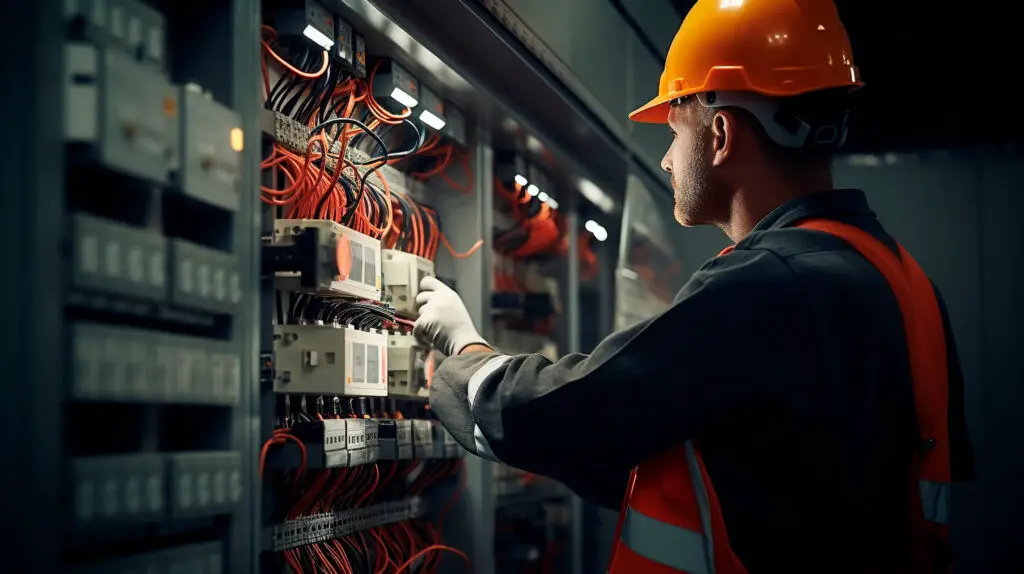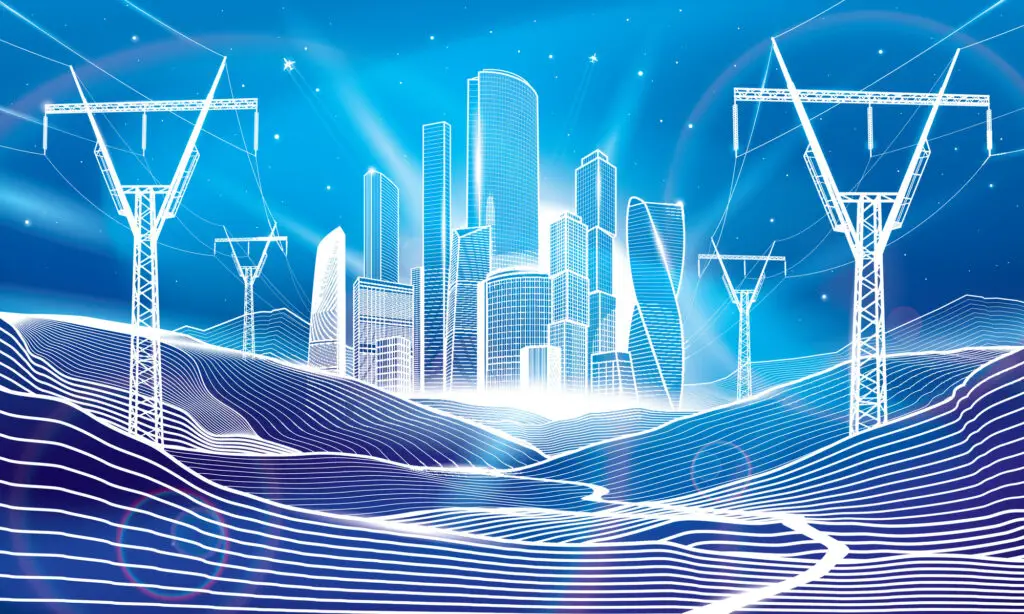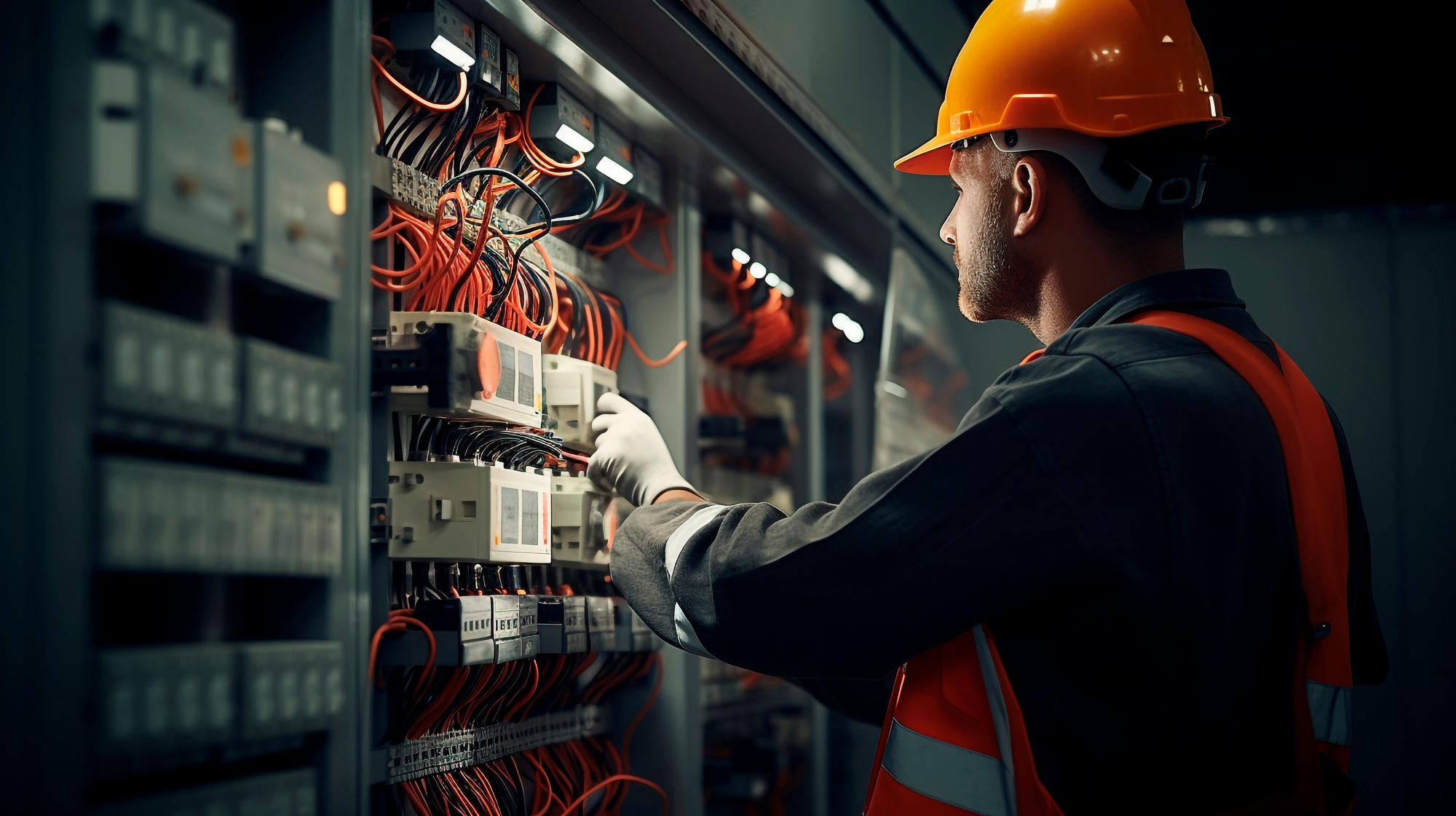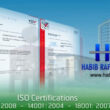High-rise buildings, symbols of architectural advancement, stand as the zenith of modern urban development. They majestically rise against the skyline, but within their grandeur lies a complex world, particularly concerning electrical wiring. These colossal structures present distinctive complexities, where safety, efficient power distribution, and intricate maintenance converge, demanding unparalleled precision and expertise.
In the specialized environment of high-rises, professionals grapple with an array of intricate challenges. The intersection of stringent safety regulations, the necessity of efficient power distribution, and the ongoing commitment to maintenance calls for a blend of skill, experience, and quality materials. Stores like Electrical Wholesale are often a go-to resource, supporting professionals with an assortment of quality, reliable electrical solutions that meet the complex demands of high-rises.
Read on to discover the complex challenges and innovative solutions influencing the future of electrical wiring in these towering buildings.

Safety Regulations And Compliance
Ensuring electrical safety in high-rise buildings is complex due to stringent regulations. Professionals must align every aspect of the electrical systems with mandated standards, and the evolving nature of these regulations adds complexity.
The following are the challenges that underscore this complexity:
- Fire safety protocols: With constantly advancing materials and technologies, ensuring that all installations are up-to-date and comply with the current fire safety standards is challenging. Each upgrade or material change requires a comprehensive review to avoid potential hazards.
- Electrical codes adherence: The myriad of ever-changing national and local codes demands continuous learning and adaptation. Each high-rise structure has unique features, making applying these codes a customized challenge tailored to each building’s specific characteristics.
- Inspection and approval: The thoroughness and frequency of inspections can slow down the implementation process. Balancing the urgency of project timelines with the necessity to pass all inspections is a persistent challenge, especially with evolving safety benchmarks.
- Emergency systems: A significant hurdle is designing foolproof systems under varied and unpredictable emergency scenarios. Every potential situation requires meticulous planning, testing, and maintenance to ensure reliability and effectiveness.
In light of these, navigating safety and compliance in high-rise electrical wiring is intricate. Professionals are tasked with balancing evolving regulations, technology innovations, and the unique characteristics of each building to ensure optimal safety and functionality.
Installation Complexities
Installing electrical systems in high-rise buildings brings its unique set of complications. Given the towering nature of these structures and the diverse needs of their occupants, electricians and engineers confront a range of issues that go beyond the standard challenges of electrical installation. The scale, environment, and specific requirements of each building make every project a distinct endeavor.
Here are some of the primary challenges faced during installation:
- Distance and load: Distributing power efficiently across the extensive vertical expanse of high-rise buildings requires strategic planning. The challenge is to ensure not only the distribution of power but also its efficient distribution, minimizing loss and guaranteeing a consistent supply to every unit.
- Material transportation: The sheer height of these structures complicates the transport of materials and tools to the required floors. It demands additional planning and resources, ensuring that the right equipment is available at the right place and time without causing disruptions.
- Workforce management: Coordinating a large team of professionals in a high-rise construction site’s confined and busy environment is complex. The challenge is exacerbated by the need to ensure safety protocols are meticulously followed amidst the ongoing construction activities.
- Environmental factors: Weather conditions significantly impact installation work, especially in open and elevated spaces. Wind, rain, and other elements can interrupt schedules and make the installation process unpredictable, requiring flexible planning and adaptive measures.
Mastering these complexities demands skill, adaptability, and meticulous planning. Installation professionals are constantly adapting to overcome these hurdles, ensuring that electrical systems in high-rise buildings are functional, safe, and installed efficiently amidst evolving and unpredictable challenges.
Like Us on Facebook!

Material Quality And Reliability
The electrical wiring in high-rise buildings is a critical element that directly impacts the safety and functionality of these towering structures. The choice of materials plays a pivotal role, bringing to the forefront the challenges of selecting, testing, and ensuring that these materials meet the rigorous demands and dynamic conditions of high-rises.
Subscribe Us on YouTube!
The following outlines the central challenges related to material quality and reliability:
- Durability: High-rise buildings are exposed to a range of environmental conditions. Finding durable materials that withstand elements like wind, rain, and temperature fluctuations is complex. Each material’s long-term performance under varying conditions needs thorough evaluation.
- Performance consistency: Ensuring that materials perform optimally, especially under the constant electrical load typical in high-rise buildings, is crucial. The challenge lies in predicting and testing the performance of these materials over extended periods.
- Compliance with standards: Materials must be durable and reliable and comply with industrial and safety standards. Navigating many options to identify materials that meet all these criteria can be arduous.
- Cost-effectiveness: Balancing quality and cost is always a challenge. High-quality materials can be expensive, and finding solutions that don’t compromise quality while staying within budget constraints requires careful planning and negotiation.
Ensuring the highest quality and reliability in materials is fundamental to the safety, efficiency, and longevity of electrical systems in high-rise buildings. Each choice of material balances quality, cost, and compliance, entailing a meticulous evaluation process to safeguard the integrity of these grand structures and the safety of their occupants.
Maintenance And Accessibility
Maintenance of electrical systems in high-rise buildings underscores a set of complex challenges. The task goes beyond the routine checks and repairs due to the scale, design intricacies, and accessibility issues inherent to these towering structures. The need for precision, safety, and efficiency amplifies, making maintenance a specialized task.
The following are significant challenges associated with maintenance and accessibility:
- Access to specific locations: High-rises have multiple intricate and hard-to-reach areas. Ensuring maintenance teams can safely and efficiently access these points, especially during urgent repairs, is a constant challenge that requires innovative solutions.
- Safety protocols: Implementing and adhering to safety protocols during maintenance becomes complex due to the height and design of the buildings. It requires ensuring worker safety while navigating tight spaces, elevated areas, and complex systems, which puts planning and execution skills to the test.
- System downtime: Minimizing downtime during maintenance and repairs is crucial to avoid disruptions for occupants. The challenge lies in executing swift, efficient maintenance tasks that adhere to safety and quality standards.
- Upgrades and improvements: Introducing upgrades or modifications to the electrical system without compromising the structure’s integrity or occupants’ safety and comfort adds another layer of complexity to the maintenance task.
Addressing these challenges requires combining technology, skilled personnel, and detailed planning. The goal remains to ensure that the towering skyscrapers are marvels of architectural brilliance and bastions of safety, efficiency, and modern living conveniences.
Technological Integration
In an age where technology is woven into the fabric of everyday life, integrating advanced systems into the electrical wiring of high-rise buildings is inevitable. However, this integration comes with its complexities and challenges, especially considering the scale and multifunctionality of these structures.
Below are some specific challenges associated with technological integration:
- Compatibility: Ensuring that new technological systems are compatible with existing electrical installations takes time and effort. Adaptations and modifications often need to be made, requiring meticulous planning to avoid system conflicts and ensure seamless operation.
- Security: The integration of technology elevates the risk of security breaches. Protecting systems from unauthorized access, especially when incorporating smart technologies and connected systems, is a significant hurdle that requires advanced security protocols.
- System updates: With the rapid evolution of technology, keeping integrated systems updated and functional demands ongoing attention. Addressing obsolescence and ensuring the systems remain current and efficient is a persistent challenge.
- User interface: Making the integrated technologies user-friendly for the diverse populace of a high-rise, ensuring ease of use while not compromising on the features and functionalities, is a task that requires a delicate balance.
Technological integration, while enhancing functionality and convenience, amplifies the complexity of managing and maintaining the electrical wiring in high-rise buildings. It’s a dance between innovation and reliability, aiming to elevate living and working experiences while safeguarding advanced technologies’ inherent risks and challenges.
Energy Efficiency
In the context of sustainable living and environmental conservation, enhancing the energy efficiency of high-rise buildings is a pressing priority. However, retrofitting these towering structures with energy-efficient electrical systems or integrating such features is complex.
Here are the predominant challenges involved in enhancing energy efficiency:
- Adaptation: Retrofitting older high-rise buildings with newer, energy-efficient electrical systems is complex. The challenge is augmented by structural limitations, existing wiring, and systems not designed with modern energy efficiency standards in mind.
- Innovation integration: Incorporating innovative technologies to reduce energy consumption often clashes with existing systems. Harmonizing the old with the new, ensuring that they work in tandem effectively, presents technical and logistical hurdles.
- Cost implications: Initial investment costs for energy-efficient systems can be significant. Balancing the long-term benefits of reduced energy consumption with the upfront installation expenses is a persistent challenge for stakeholders.
- Regulatory compliance: Meeting energy efficiency regulations while ensuring electrical systems are safe and functional requires a multifaceted approach that combines compliance and innovation.
In the quest for energy efficiency, professionals grapple with integrating innovations, adhering to regulations, and overcoming high-rise buildings’ structural and logistical hurdles. It’s a journey towards a greener future, navigated with expertise, innovation, and an unwavering commitment to balancing efficiency, safety, and functionality.
Conclusion
Managing electrical wiring in tall buildings presents complex challenges that drive progress and innovation. These challenges lead to ongoing improvements in practices, materials, and technologies. Safety protocols, installation complexities, and technological integrations demand a dynamic approach, pushing beyond traditional methods to create solutions adaptable to future needs. Professionals in this field are crucial in bridging the gaps between regulations, technology, and energy efficiency demands. Every solution and innovation brings the industry closer to making tall buildings safe, efficient, and ready for future challenges.























